Adsorption of Heavy Metal Ions from Aqueous Solutions onto Rice Husk Ash Low Cost Adsorbent
Adsorption of Heavy Metal Ions from Aqueous Solutions onto Rice Husk Ash Low Cost Adsorbent
Source: https://www.hilarispublisher.com/
Author by: El-Said , Badawy , Garamon
Abstract
In the present study, adsorption of Zn (II), Cd (II) and Hg (II) ions on rice husk ash (RHA) has been investigated in single, binary and tertiary systems.
Batch experiments were also carried out for mono-and multi-component systems with varying metal ions concentrations (mg/l) to investigate the competitive adsorption characteristics.
Only logged in customers who have purchased this product may leave a review.
Related products
Adsorption of Heavy Metals from Multi-Metal Aqueous Solution by Sunflower Plant Biomass-Based Carbons
Adsorption of Heavy Metals from Multi-Metal Aqueous Solution by Sunflower Plant Biomass-Based Carbons
Correlating BOD5 and COD of Sewage in Wastewater Treatment Plants Case Study Al- Diwaniyah WWTP in Iraq
Correlating BOD5 and COD of Sewage in Wastewater Treatment Plants Case Study Al- Diwaniyah WWTP in Iraq
Nanotechnology in Water Treatment
Nanotechnology in Water Treatment
Biofouling of Water Treatment Membranes: A Review of the Underlying Causes, Monitoring Techniques and Control Measures
Biofouling of Water Treatment Membranes: A Review of the Underlying Causes, Monitoring Techniques and Control Measures
Analysis of the Flux Performance of Different RO/NF Membranes in the Treatment of Agroindustrial Wastewater by Means of the Boundary Flux Theory
Analysis of the Flux Performance of Different RO/NF Membranes in the Treatment of Agroindustrial Wastewater by Means of the Boundary Flux Theory
A Review of Reverse Osmosis Membrane Fouling and Control Strategies
A Review of Reverse Osmosis Membrane Fouling and Control Strategies
Emerging desalination technologies for water treatment: A critical review
Emerging desalination technologies for water treatment: A critical review
A Review of the Water Desalination Technologies
A Review of the Water Desalination Technologies
Engineered Nanomaterials for Water Treatment and Remediation
Engineered Nanomaterials for Water Treatment and Remediation
Sludge Biotic Index
Abstract
This study aimed to determine the relationship between activated sludge microfauna, the sludge biotic index (SBI) and the effluent quality of a full-scale municipal wastewater treatment plant (WWTP) working with shock organic and ammonium loadings caused by periodic wastewater delivery from septic tanks. Irrespective of high/low effluent quality in terms of COD, BOD5, ammonium and suspended solids, high SBI values (8–10), which correspond to the first quality class of sludge, were observed. High SBI values were connected with abundant taxonomic composition and the domination of crawling ciliates with shelled amoebae and attached ciliates. High SBI values, even at a low effluent quality, limit the usefulness of the index for monitoring the status of an activated sludge system and the effluent quality in municipal WWTP-treated wastewater from septic tanks. It was shown that a more sensitive indicator of effluent quality was a change in the abundance of attached ciliates with a narrow peristome (Vorticella infusionum and Opercularia coarctata), small flagellates and crawling ciliates (Acineria uncinata) feeding on flagellates.
Sludge Biotic Index
Abstract
This study aimed to determine the relationship between activated sludge microfauna, the sludge biotic index (SBI) and the effluent quality of a full-scale municipal wastewater treatment plant (WWTP) working with shock organic and ammonium loadings caused by periodic wastewater delivery from septic tanks. Irrespective of high/low effluent quality in terms of COD, BOD5, ammonium and suspended solids, high SBI values (8–10), which correspond to the first quality class of sludge, were observed. High SBI values were connected with abundant taxonomic composition and the domination of crawling ciliates with shelled amoebae and attached ciliates. High SBI values, even at a low effluent quality, limit the usefulness of the index for monitoring the status of an activated sludge system and the effluent quality in municipal WWTP-treated wastewater from septic tanks. It was shown that a more sensitive indicator of effluent quality was a change in the abundance of attached ciliates with a narrow peristome (Vorticella infusionum and Opercularia coarctata), small flagellates and crawling ciliates (Acineria uncinata) feeding on flagellates.


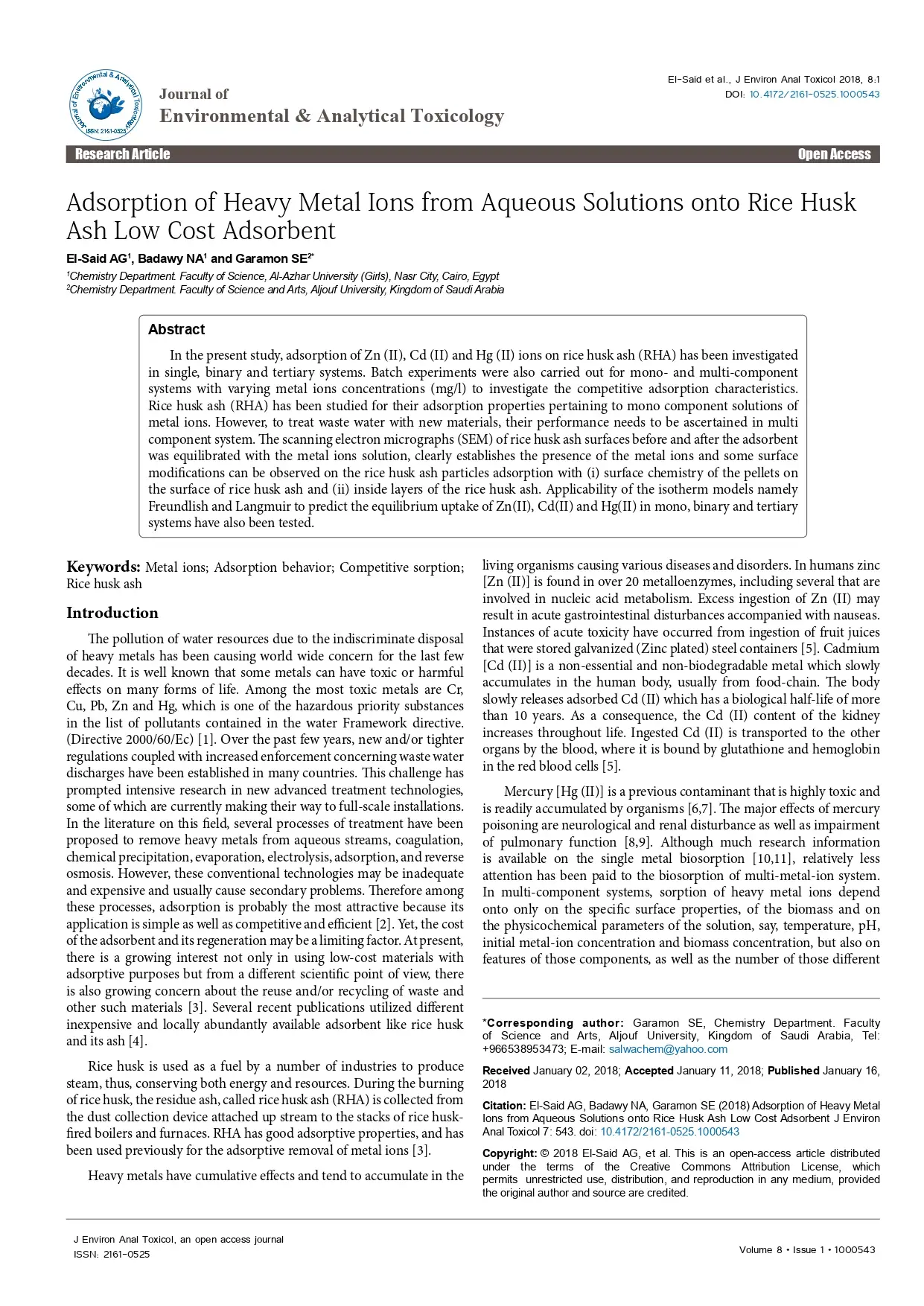
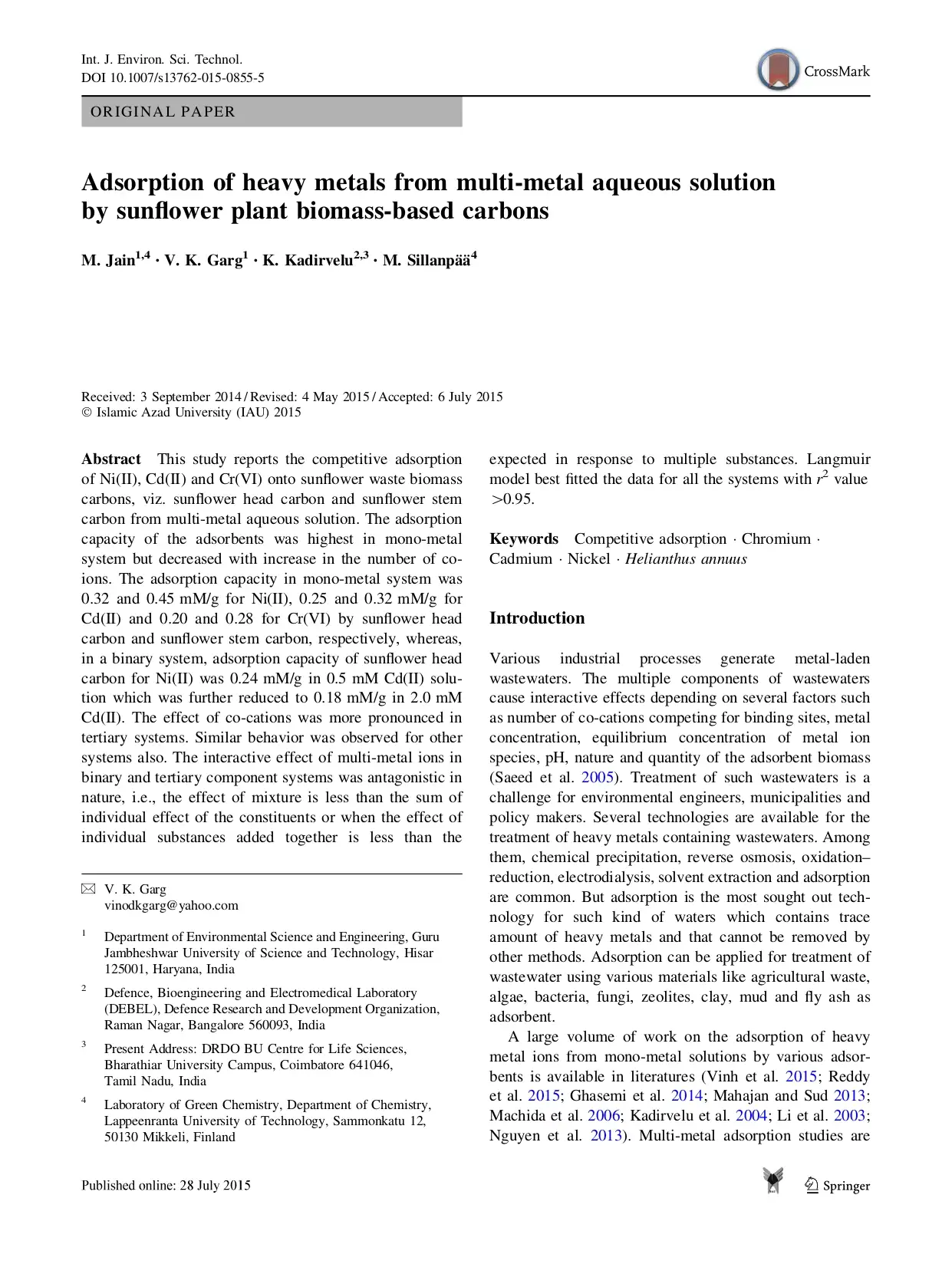
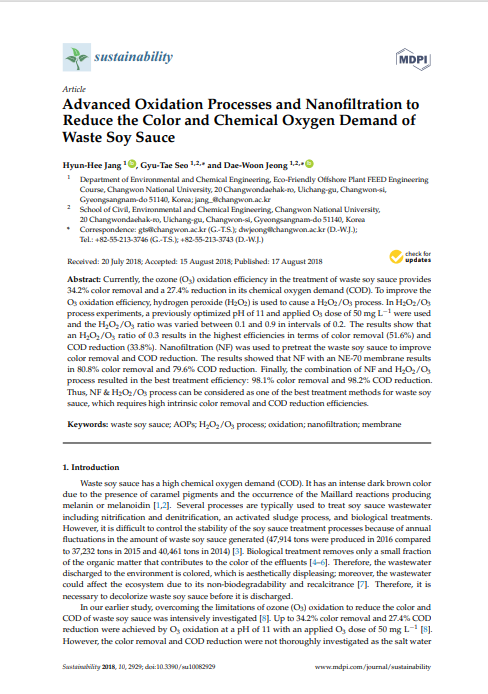

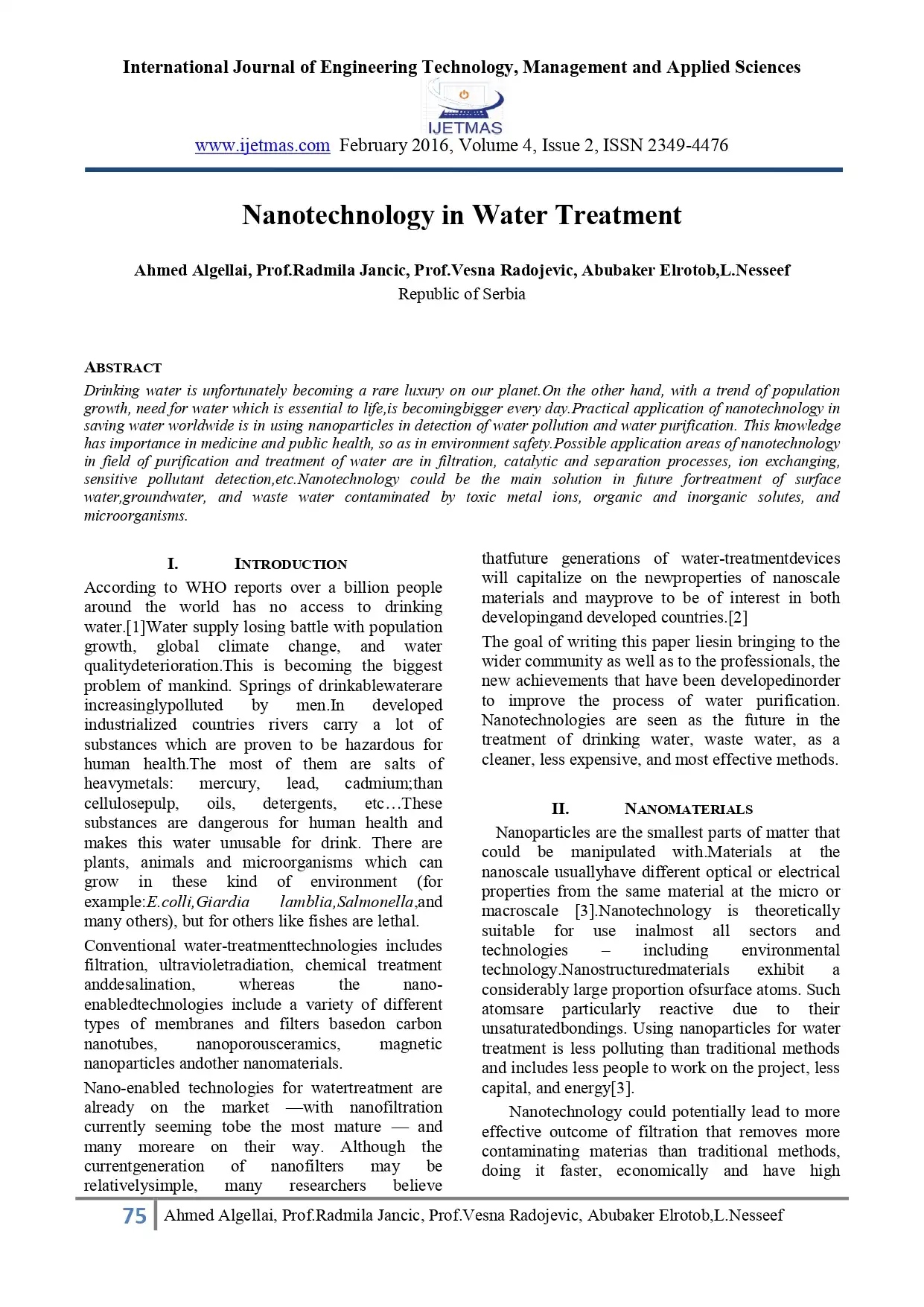

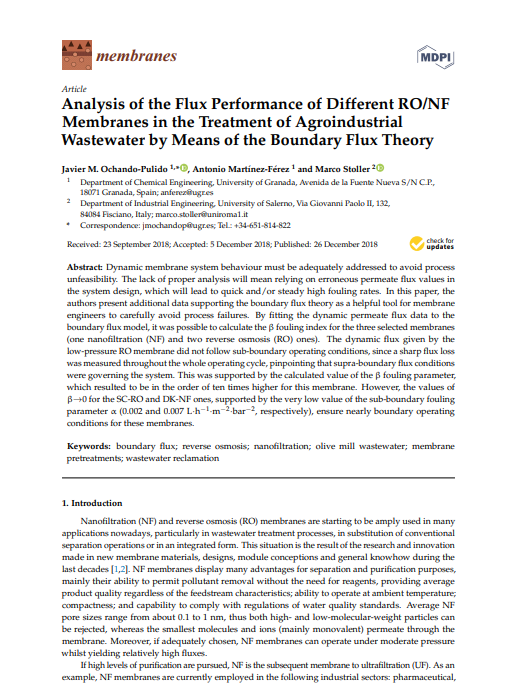
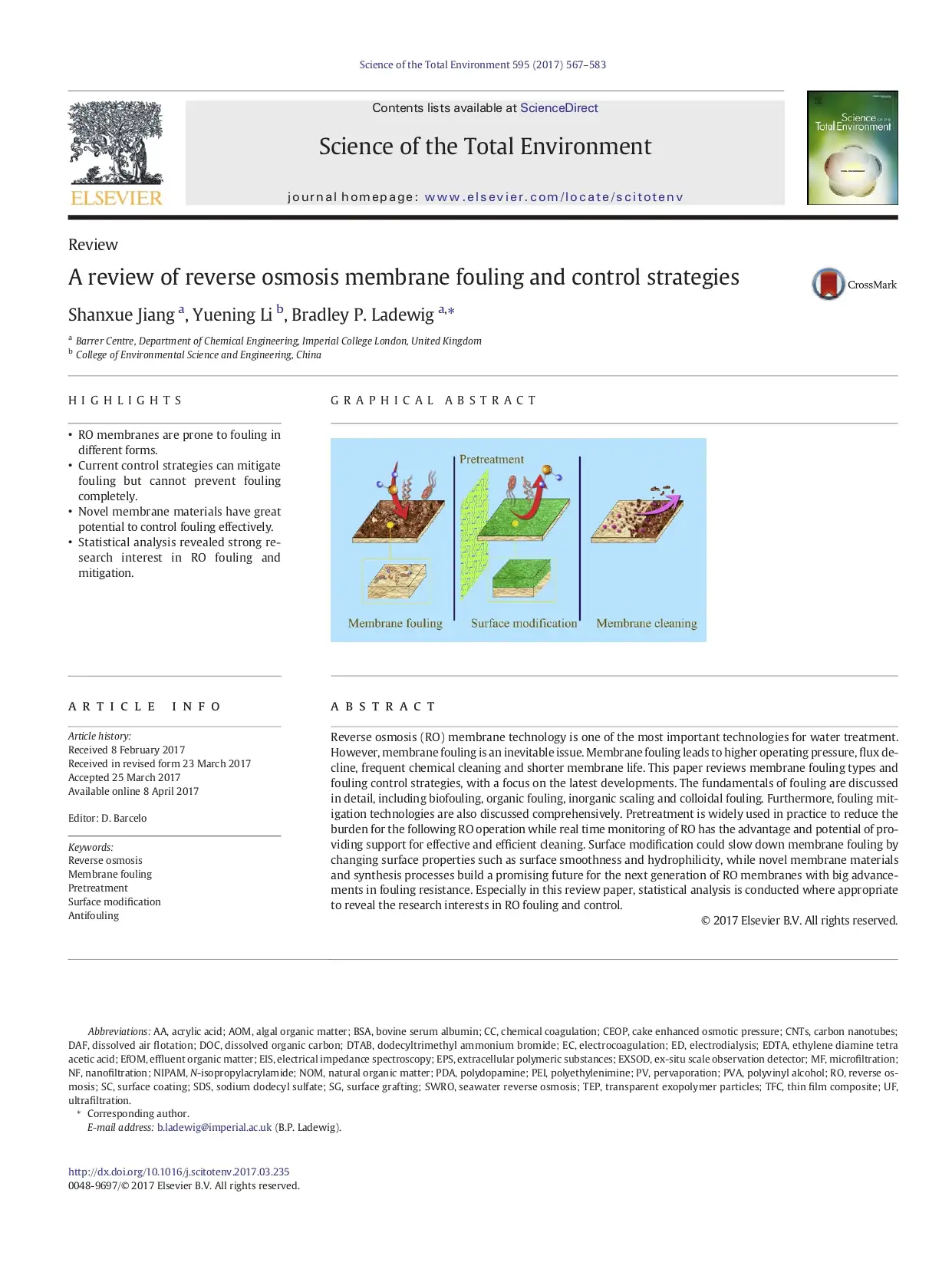
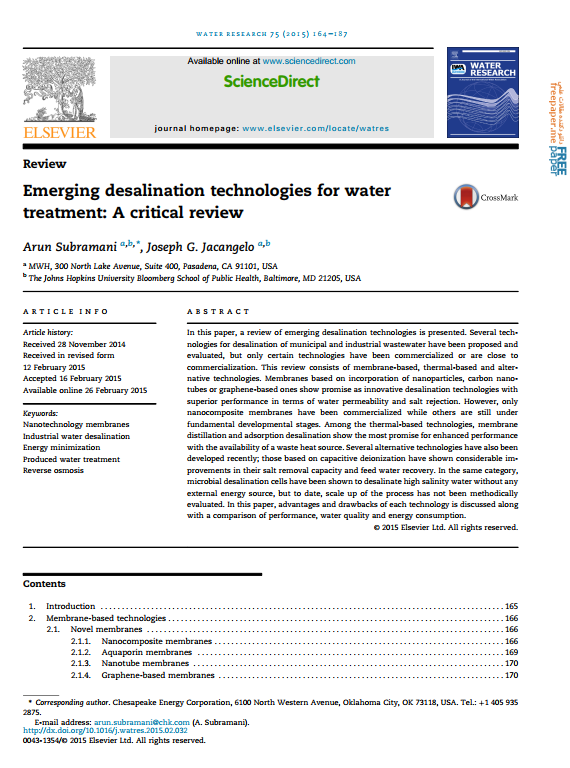

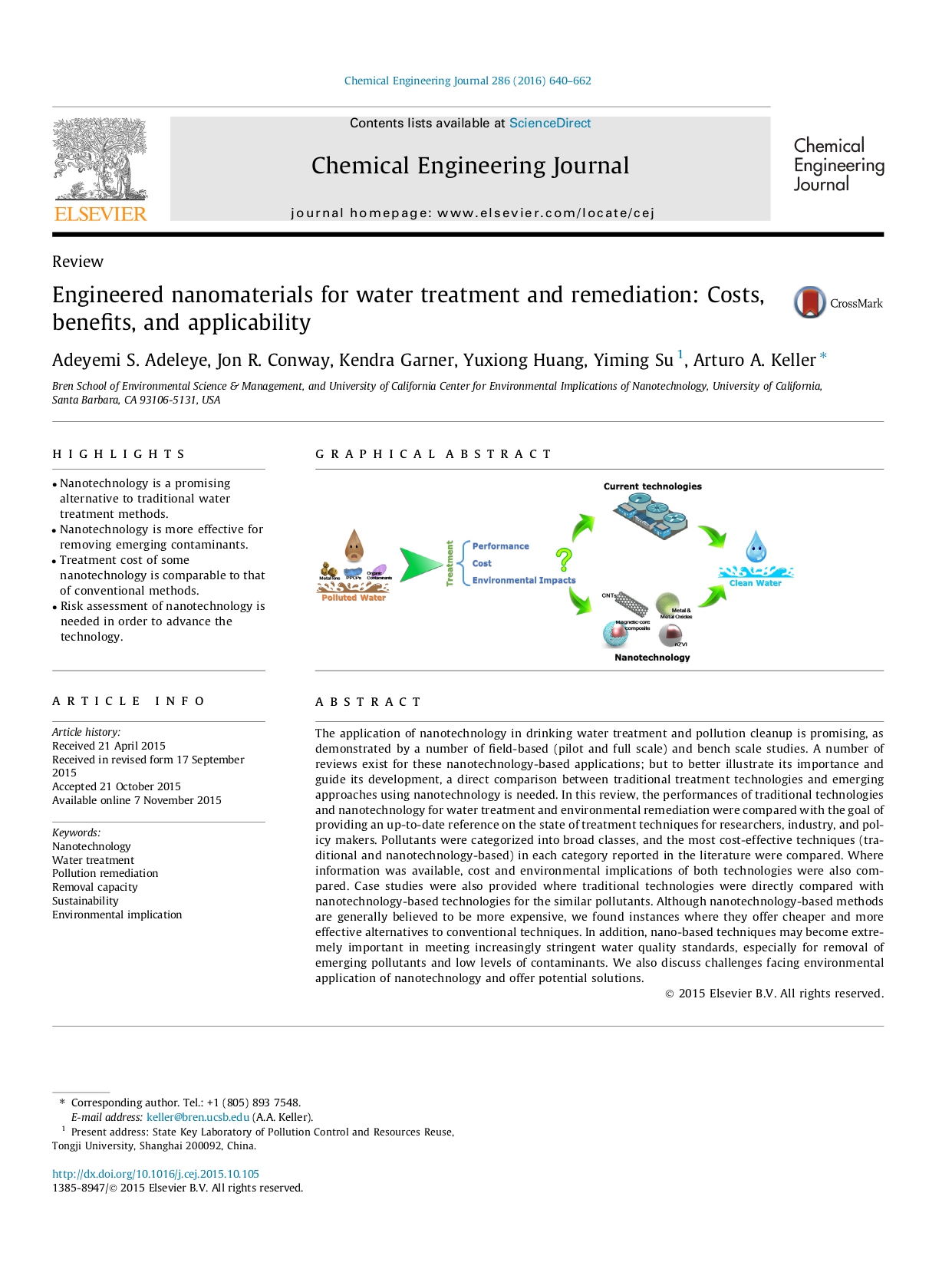
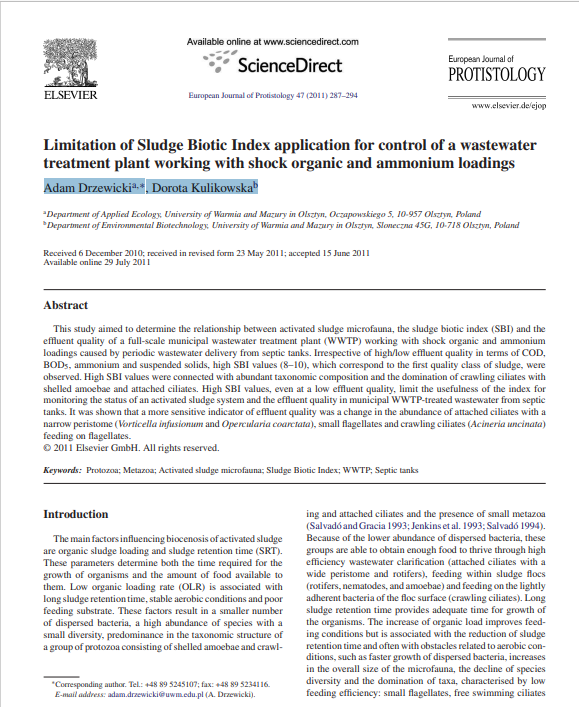
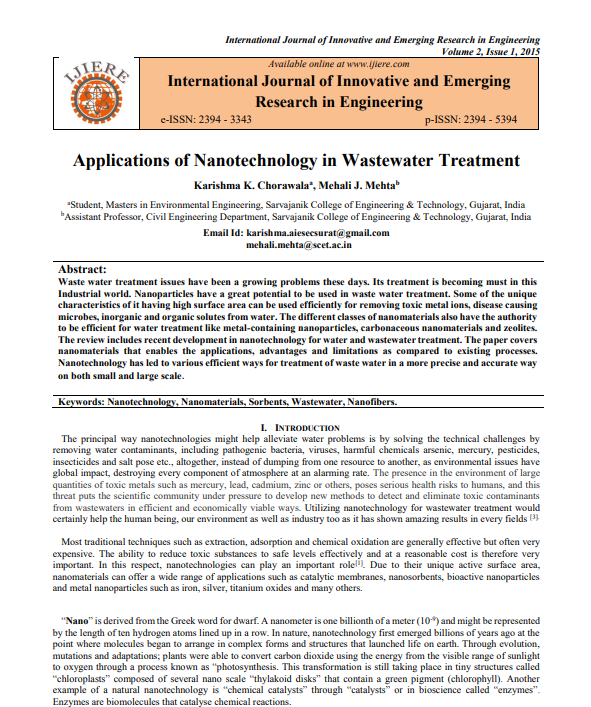
Reviews
There are no reviews yet.